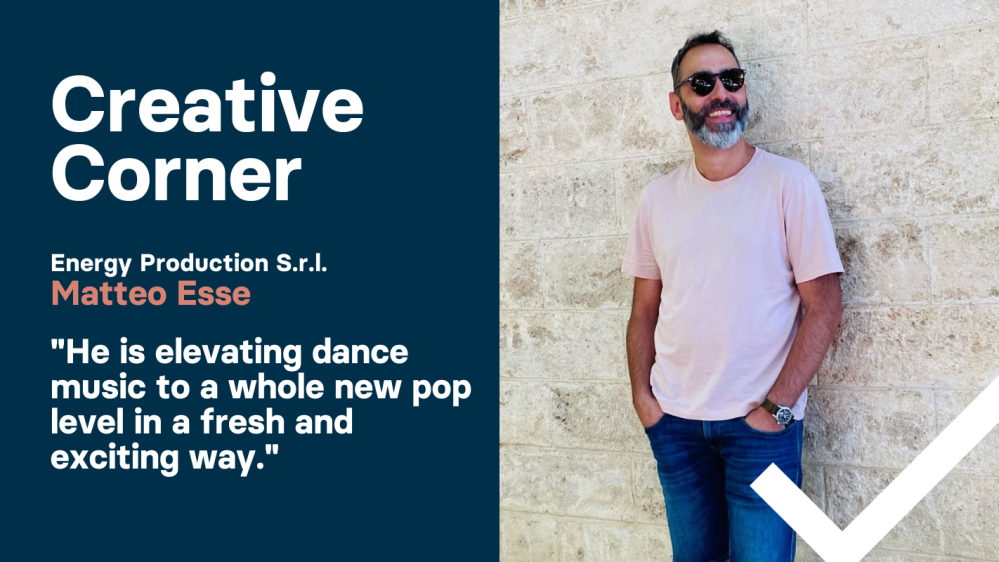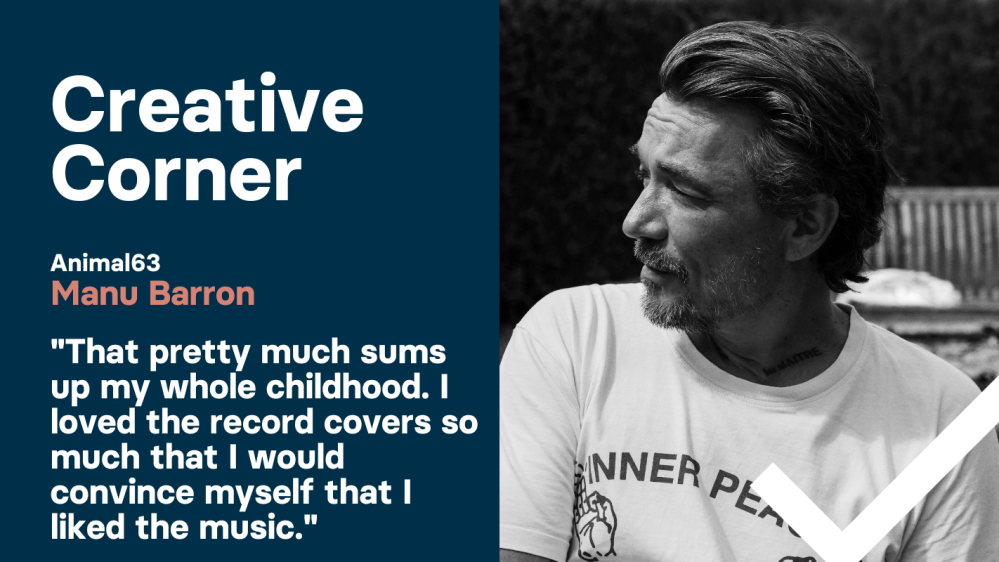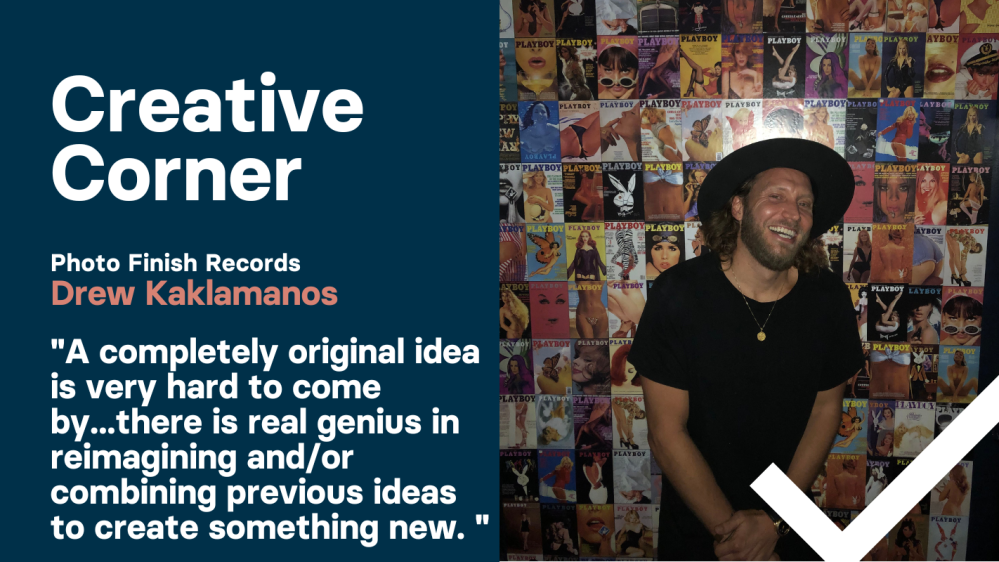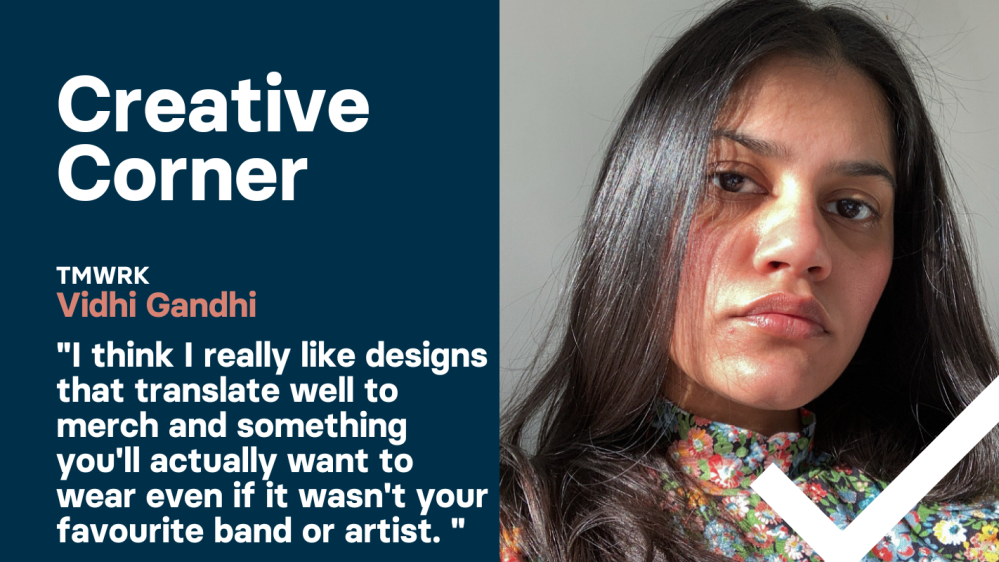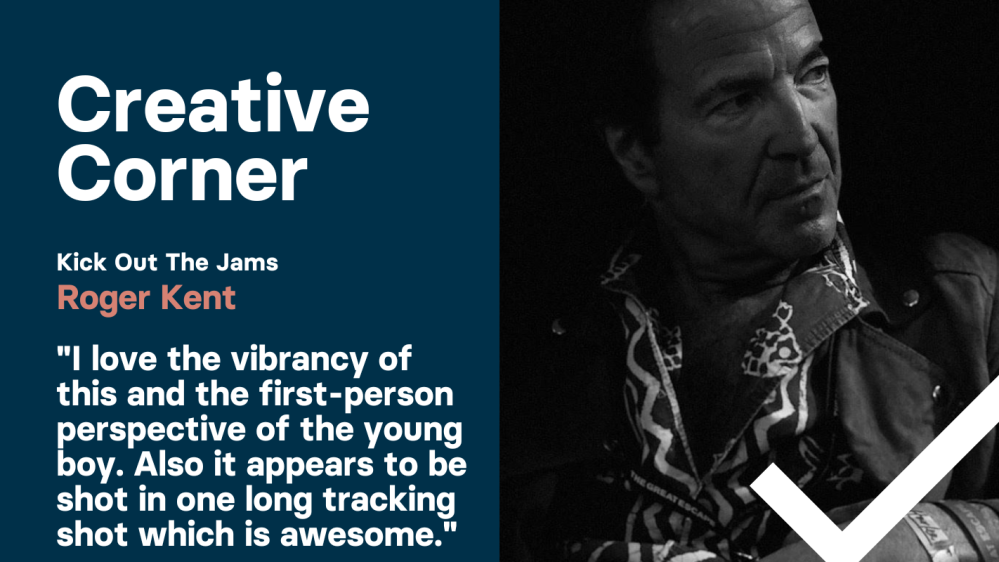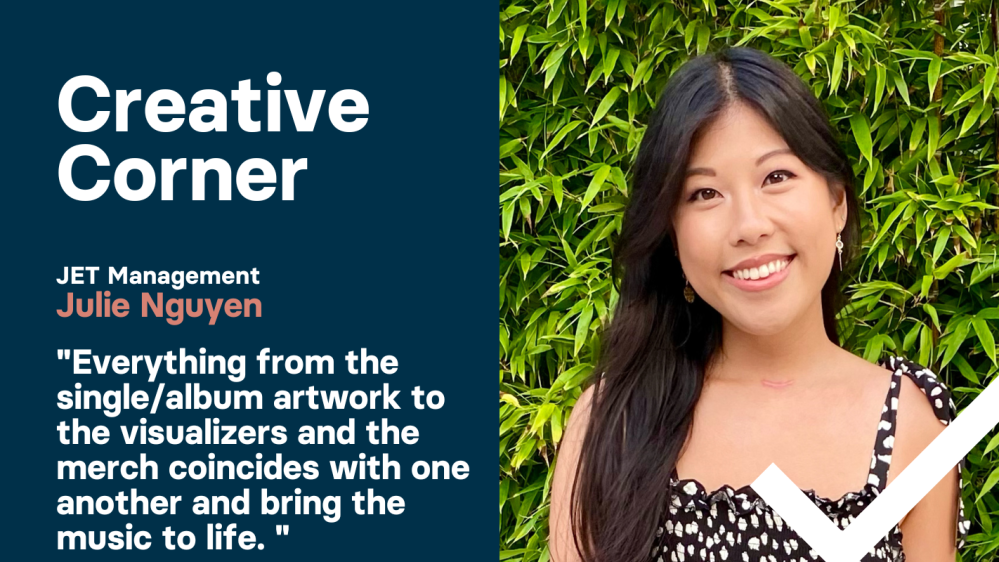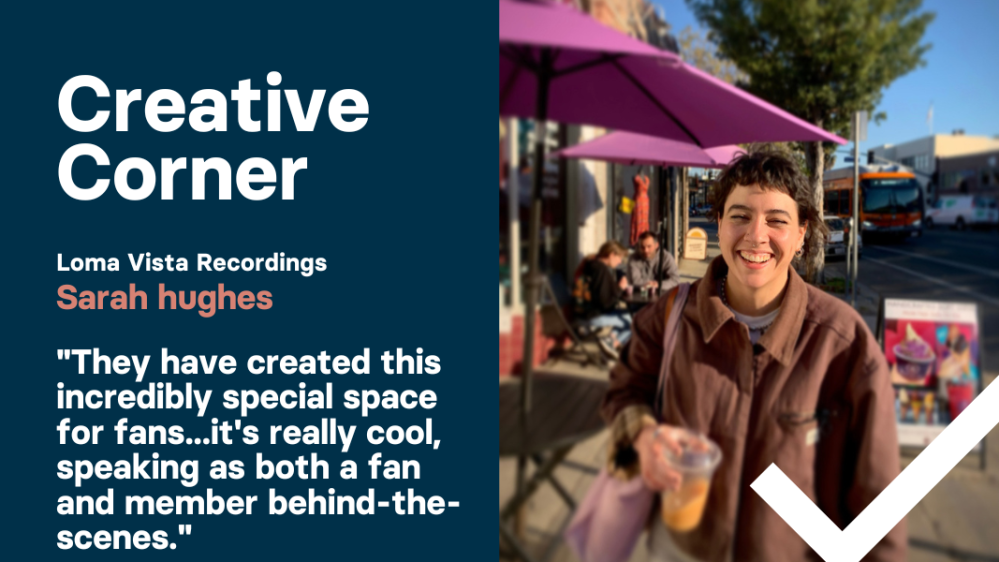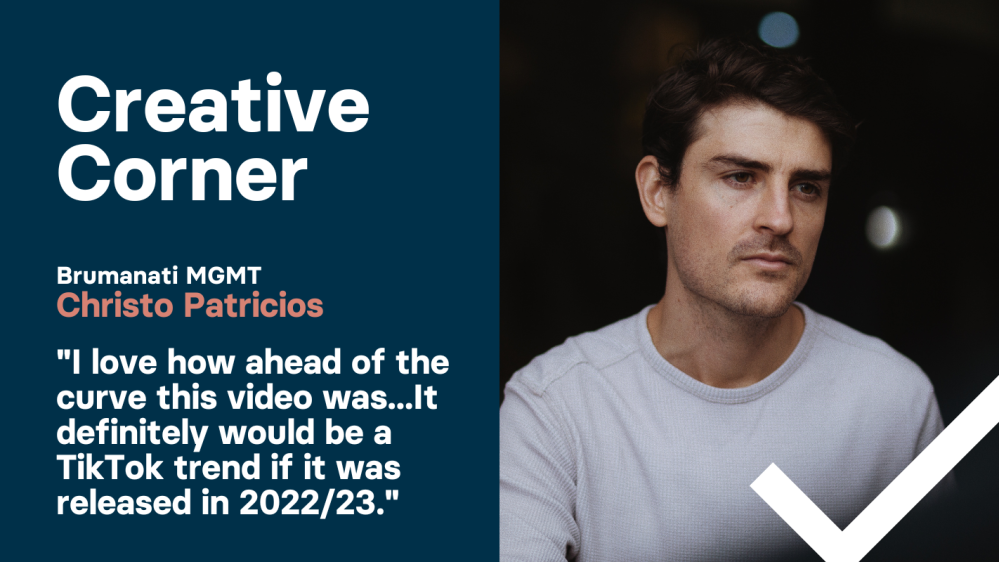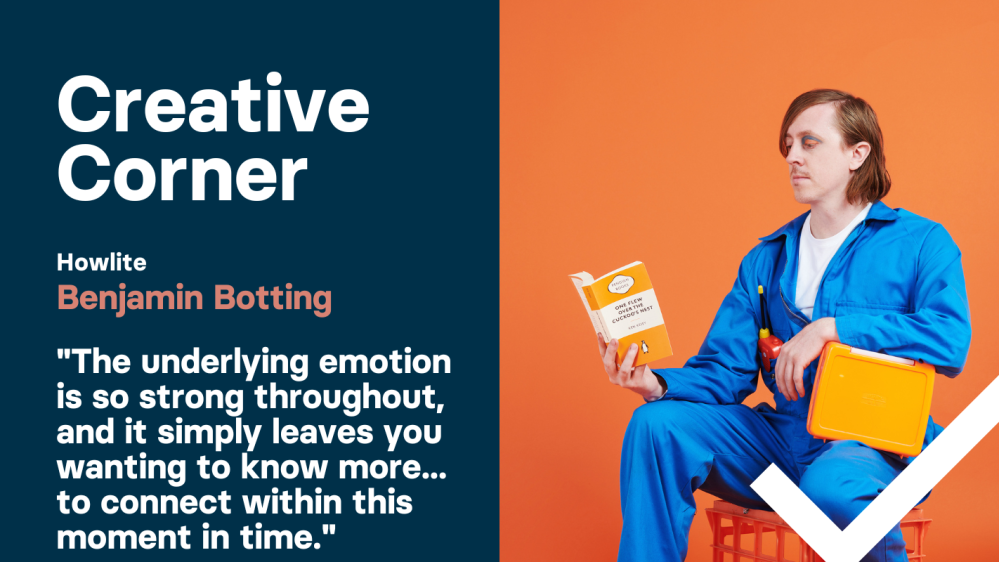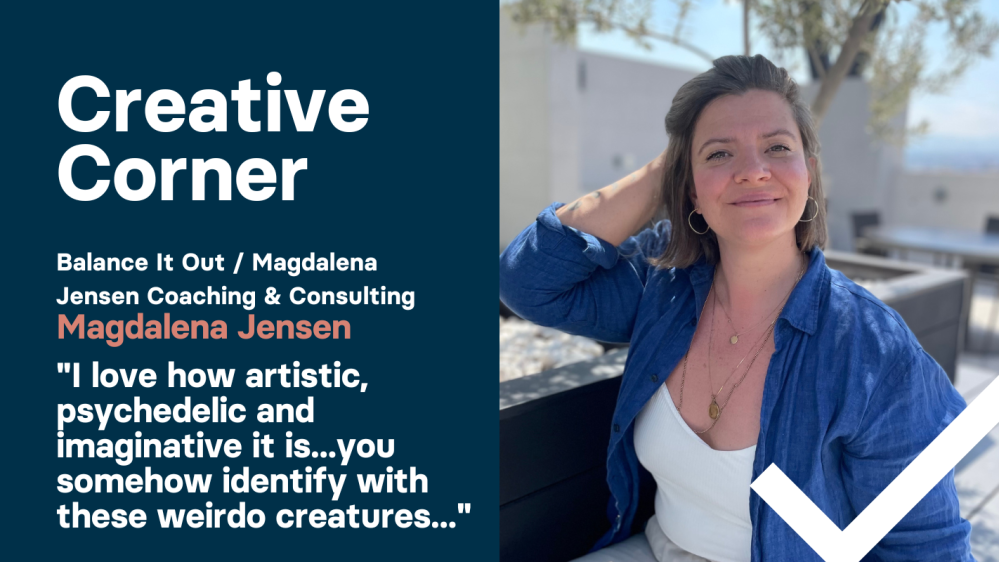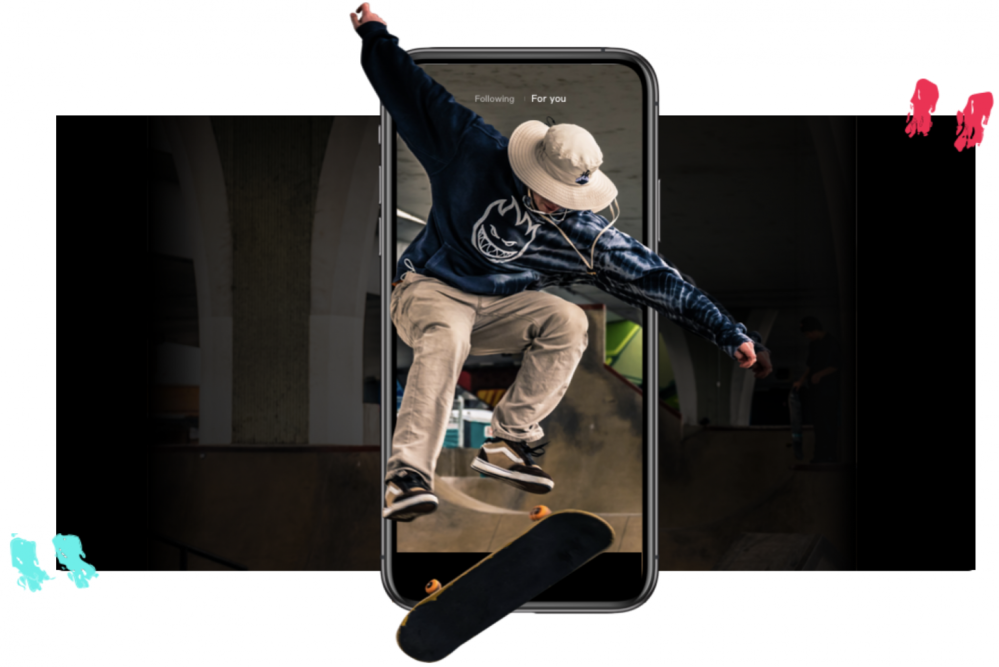
So, another year, another social media platform rises to prominence.
By now you’ve undoubtedly heard of TikTok but, overwhelmed with trying to master the dark arts of social media and suspicious of yet another platform, have you got to grips with it yet?
If not, then now is the time - and not a second too late, since it looks like TikTok is here to stay.
The basics
TikTok is a video creation and sharing platform, with people uploading 15 second long clips (you can stitch up to four together for a maximum length of 60 seconds) which can be embellished by filters, effects, and a host of video editing options.
This short timeframe is reflected both in the name (the clock is TikTokking) and the type of content, which is relentlessly creative and energetic. It’s not dissimilar to the now-defunct Vine; however, TikTok is a standalone app, whereas Vine was always primarily seen as a feature within Twitter.
The TikTok app has five main sections:
- Home - your unique feed when you first open the app
- Discover - where you can search for specific content or creators
- Recording - for creating your own TikTok content
- Inbox - To review notifications related to your account or content
- Profile - your personal profile page listing your uploaded videos
TikTok’s key feature, though, is the ability to use its vast music library - you can soundtrack your video with 15 seconds of almost any song ever recorded. It is the ease of music integration in videos which is the crucial difference between TikTok and the more traditional videos and images found on the likes of Snapchat and Instagram.
You can choose to follow people you like, with their videos shown in your ‘Following’ stream, or TikTok can serve you an endless stream of new videos it thinks you’ll love in the ‘For You’ stream. You can like, comment on, share and follow any of the videos/users you watch.
Bored with the video you’re watching? Just scroll down, and another one appears. TikTok’s infinite scroll is very addictive - hours can go by just idly flicking through clip after clip.
The numbers
TikTok is still a minnow relative to its competitors, with 41m global daily active users, as of March 2020, compared to 218m for its closest rival Snapchat. Twitter has 166m global daily active users, Instagram boasts 500m global daily users of its Stories feature, while Facebook and YouTube are still way out in front on a staggering 1bn and 1.73bn global active daily users respectively.
However, it’s growing fast, with 738m new downloads in 2019 (compared to 75m new Snapchat downloads). What really sets it apart though, is that its user base is skewed heavily towards youngsters - aka Generation Z - with 41% of its users aged between 18 and 24, and 27% between 13 and 17.
This makes it slightly younger than Snapchat’s demographic (78% aged 18-24), and overwhelmingly younger than Facebook, YouTube and Instagram.
And guess what? That younger demographic is the age bracket that listens to music more than any other.
TikTok’s user demographic reflects its content: it’s youthful, energetic, creative, clever and, above all: fun.
There’s a variety of key types of video that go viral:
- lip-syncing videos (as previously mentioned)
- dance crazes (often soundtracked by the same song)
- challenges (the Art Challenge being one of the more wholesome)
- the old internet classics: pranks, fails and animals
All of them are usually accompanied by music (of course) and a hashtag - with the trending ones showing up in the Discover tab of the app.
Lil Nas X
It’s a miracle we’ve made it this far without mentioning the most famous graduate of TikTok: Lil Nas X.
His song Old Town Road went viral on TikTok by virtue of becoming the soundtrack for the ‘Old Town Road’ challenge, which saw users morph from their everyday selves into yee-hawing cowboys and cowgirls.
The song’s ubiquity on TikTok soon crossed over into the ‘real’ world, with the song racing to number 1 and spending a record-breaking 19 weeks at the top of the Billboard chart. Other songs, both old and new, have gained fame on TikTok, with varying levels of that translating into streams and sales.
Which leads us nicely to the million-dollar question: how can it be used successfully by artists?
With such a constantly-evolving platform, there are no hard and fast rules. Lil Nas X was aware of the potential importance of his song being a meme first and a hit later - though perhaps never realised quite how big it would go.
Since Old Town Road, plenty of artists have tried to recreate the phenomenon, deliberately writing ‘memeable’ songs - ie. songs with a key 15 seconds in them that, either lyrically or stylistically, people can latch onto and use for dance crazes/funny videos.
Harry Styles’ Watermelon Sugar - seemingly a straightforward piece of traditional summer pop - is the latest trending track on the platform, with users uploading a host of creative watermelon-themed videos.
AR Lenses for TikTok
Similarly, brands have tried to create hashtag challenges with varying levels of success and another way in for marketers could be via the imminent rollout of advertiser AR lenses - already being used to great effect by artists and labels in Instagram and Snapchat.
Like most social media platforms, TikTok thrives of fun and authenticity. If you or your artist can make funny videos and are at home in front of the camera, then just get on TikTok and be yourself.
Be warned though: Gen Z users raised in an always-online environment expect a constant stream of output from you, and the boredom threshold is minimal - if the video you’re watching isn’t entertaining you, why waste another second when you can try another one instantly?
However, if what you do connects with an audience, and TikTok’s algorithm selects your videos for the ‘For You’ stream, you’ve hit the jackpot: prepare for viral fame before you can say yee-haw.
